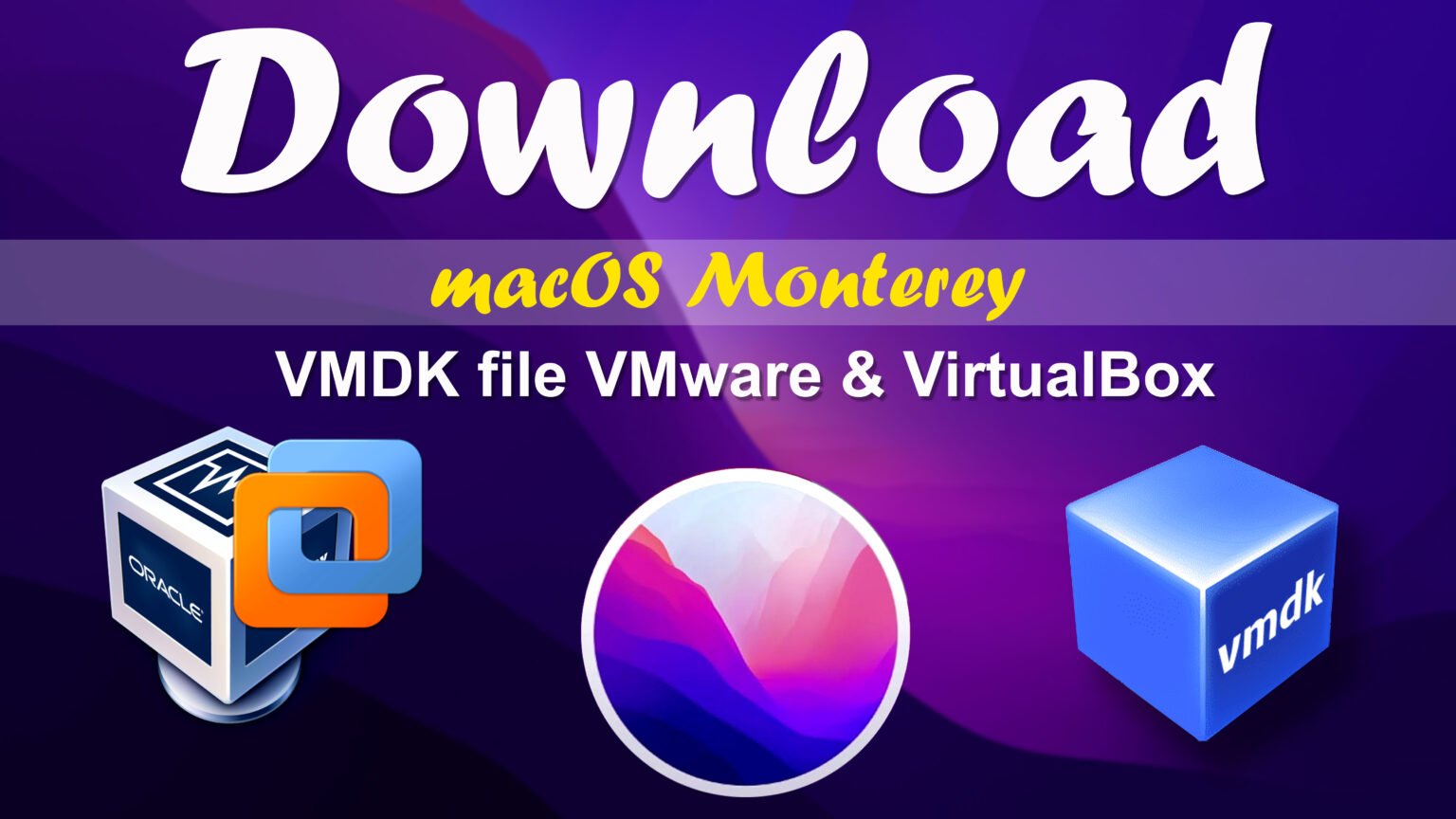

- Macos virtualbox how to#
- Macos virtualbox install#
- Macos virtualbox update#
- Macos virtualbox windows 10#
- Macos virtualbox code#
I found hints to press F12 or fn-F12 "during boot" for getting into the shell, but I tried it several times to no avail. While preparing the High Sierra VM, I had a hard time getting out of the UEFI shell and selecting the correct boot.efi in order to boot the system.īut now I want to get into the UEFI shell, then to the boot options.
Macos virtualbox update#
So each time I start the update from macOS, the reboot gives me an unaltered system. Unfortunately, the UEFI boot settings of VirtualBox seem to overrun the macOS settings and the system always boots the regular macOS partition. The reason for that, as far as I understood, is that the macOS update is installed onto the recovery partition of the VM hard drive and the VM should boot from this partition to finish the update. The VM runs fine, but I am not able to update the guest OS from 10.13.4 to 10.13.6. This will let your user access the shared folder.I am running VirtualBox 6.0.10 on an iMac (Mojave) and I prepared a macOS High Sierra VM from the ground up with VirtualBox. Run sudo usermod -aG vboxsf USERNAME where USERNAME is your guest OS username.
Macos virtualbox install#
Then run sudo /media/cdrom/n to install the Guest Additions Run the following command to install prerequisites for the Mac VirtualBox Guest Additions: sudo apt-get -y install gcc make linux-headers-$(uname -r) You’ll be prompted by VirtualBox if this is necessary. Press Command-Shift-G and then type in that file to choose the VBoxGuesAdditions.iso. Once the Choose disk image… option was selected, you were probably shown a file picker. Select the VirtualBox Guest Additions image, for me this is located at /Applications/VirtualBox.app/Contents/MacOS/VBoxGuestAdditions.iso. While the VM is running, in the Mac menu bar go to Devices > Optical Drives > Choose disk image… Créer la machine virtuelle VirtualBox MacOS Ouvrez VirtualBox depuis le menu Démarrer ou la recherche Windows Puis dans l’interface de VirtualBox, cliquez sur Nouvelle depuis la barre d’icônes L’assistant de création de la machine virtuelle s’ouvre. Add your folder and select Yes for “Auto-mount” Entièrement gratuit, il est doté dune foule de fonctionnalités et de paramètres ainsi que dune.
Macos virtualbox how to#
Here’s how to share files between a Ubuntu virtual machine and macOS High Sierra on VirtualBox. VirtualBox est un incontournable dans le domaine des logiciels de virtualisation sous Mac OS X. How to add a shared folder for Ubuntu on a macOS High Sierra Host?
Macos virtualbox code#
Étape 5 : Ajoutez du code à VirtualBox avec l’invite de commande (cmd). Étape 4 : Modifiez votre machine virtuelle. Étape 3 : Créez une nouvelle machine virtuelle.

Étape 1 : extrayez le fichier image avec Winrar ou 7zip.
Macos virtualbox windows 10#
At the bottom of the window, you should see a message saying “System software from developer, ‘Oracle, America, Inc.‘ was blocked from loading.”Ĭlick the lock in the bottom left corner, enter your passwordĬlick ‘Allow’ next to the ”blocked from loading” message. Installer macOS High Sierra dans VirtualBox sous Windows 10 : 5 étapes. Navigate to System Preferences > Security & Privacy. You can click ‘Next’ for now.Īfter reaching the end, installation will fail with the message above. You might see a prompt from macOS about not allowing unsecure system extensions. Run the VirtualBox installer just like any other installer. In this article, we’ve covered the problems from the comment section and will solve them here so if you had any of these problems, of course, you can find the solution here. Go to System Preferences > Security & Privacy. Install MacOS High Sierra 10.13 On VirtualBox Install MacOS Sierra 10.12 On VMware Step By Step Fix macOS High Sierra Problem on VMware. This guide has been updated for macOS Mojave as well. The VirtualBox installer fails with “The installation failed” where it “encountered an error that caused the installation to fail.” Use the drop-down menu next to 'Type' to select 'MacOS X.' Use the drop-down menu next to 'Version' to select 'MacOS X (64-bit).' Click Next. Click the arrow pointing down next to 'Machine Folder' and select a folder to install the virtual machine. Click New below the gear icon at the top. I tried to install VirtualBox on macOS High Sierra, but I got an error about kernel drivers, system extensions, and kernel modules not being installed. Click New below the gear icon at the top.


 0 kommentar(er)
0 kommentar(er)
